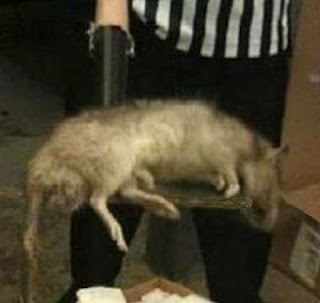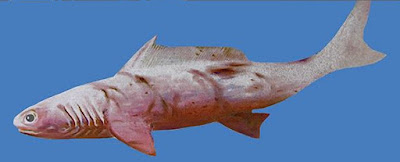We all know that rats can get really big, particularly when they eat "quality" garbage left by humans. Yet, city people have never seen the giant rats found in East Timor. Africa was thought to be the home of large rats, but this is not the case.
No less that seven new species of large rats have been observed in East Timor. If you can image one 10 times larger than your "domestic" beast, you are getting close to the mark. The giants weigh about 5 kilograms.
There is evidence that ancient man actually ate the rats on Timor as far back as 50,000 years ago. This was before tools were introduced from Asia. It seems that they were hunted then thrown onto the fire to cook because there were no cooking pots.
The study aims to find out what animals were like before humans arrived there from Southeast Asia. Were they large then? It is known that mammals actually get smaller when isolated on an island.
◆ Science by Ty Buchanan ◆
●
. . . . . . . . . . . . . . . . . . . . . . . . . . . . . . . . . .
BIG MAMMAL
#giant #rat #animal #mammal #science #discovery #found #new #species
science rats mammals animals east timor southeast asia island smaller larger articles news politics economics society anthropology historiography history sociology people nations country asia europe africa u.s. south america central Mediterranean eastern western interesting funny technology
BIG MAMMAL
#giant #rat #animal #mammal #science #discovery #found #new #species
science rats mammals animals east timor southeast asia island smaller larger articles news politics economics society anthropology historiography history sociology people nations country asia europe africa u.s. south america central Mediterranean eastern western interesting funny technology















